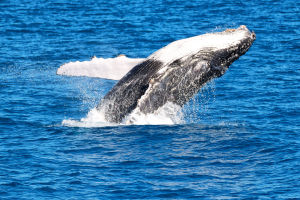The World Cup in Qatar is in full swing, and it is estimated that about 1.2 million tourists will visit during the event.
Local tourism has taken off. However, while the tourism industry is making a lot of money, there is another group of people who work overtime but cannot reap the dividends. They are the camels of the desert.
Riding a camel in the undulating desert is one of the must-do items for many tourists who come to Qatar. The holding of the World Cup quickly made the desert of this small Middle Eastern country lively.
Some tourists praised this experience, but others said that they originally wanted to experience the magnificent desert landscape, but in fact, there are tourists everywhere, and the business atmosphere is strong.
The camel operator, who took this opportunity to earn several times more than usual, said that before the World Cup, there were 20 rides a day, and now it is 1,000 a day.
He expanded the camel team from 20 to 60, but it was still overwhelming. The high frequency of passengers made it difficult for the camels to adapt. Many camels protested by violating the instructions by not wanting to stand up or squat down and were finally whipped by the animal trainers.
Some operators are aware of the seriousness of overworked passengers and will regularly let the camels take a nap to eat, sacrificing short-term economic benefits in exchange for more sustainable tourism development.
Camels have always been known as the "ship of the desert". After eating and drinking once, they can work for many days without eating or drinking. They were the earliest and most reliable means of transportation for mankind.
Camels can be divided into dromedary camels and double-humped camels. Dromedary camels are mainly distributed in the dry and hot desert areas of the Middle East and Africa, and double-humped camels are mainly distributed in the semi-arid areas of China and Mongolia. So, do you know where camels are mainly distributed in the world?
23 countries in the world have camels. Among them, the countries with more than 2.9 million camels are Sudan and Somalia; the countries with more than 950,000 camels are India and Ethiopia; the countries with more than 500,000camels are China, Mongolia, Mauritania, and Pakistan; the countries with more than 200,000 camels are Chad, Niger, Kenya, and Morocco.
In addition, Saudi Arabia, Australia, Kazakhstan, Kyrgyzstan, and Tajikistan are also distributed.
Somalia is the country with the largest number of camels in the world. It has the reputation as "the country of camels". The number exceeds 6 million, accounting for 1/3 of the total number of camels in the world. Therefore, in Somalia, the number of camels is also a measure of the wealth of a Somali family.
Dromedary camels are mainly distributed in India, Somalia, Sudan, and other countries. At present, the number of dromedary camels accounts for about 90% of the total number of camelids in the world, of which Africa accounts for 80%. Among African countries, Somalia and Sudan have the largest number of camels.


